Detroit: Campus Martius Park
In 1999, Campus Martius, once the city's vibrant retail and transportation hub, had been completely emptied out and taken over for car traffic, and there wasn't even much of that. Five adjacent downtown blocks, including Hudson's, the world's second-largest department store, were leveled to the ground, leaving only the Soldiers and Sailors Monument in the center of the space as the sole reminder of Detroit's former glory. Downtown Detroit had declined to a historic low
with millions of square feet of buildings vacant and blighted and empty storefronts on every major avenue.
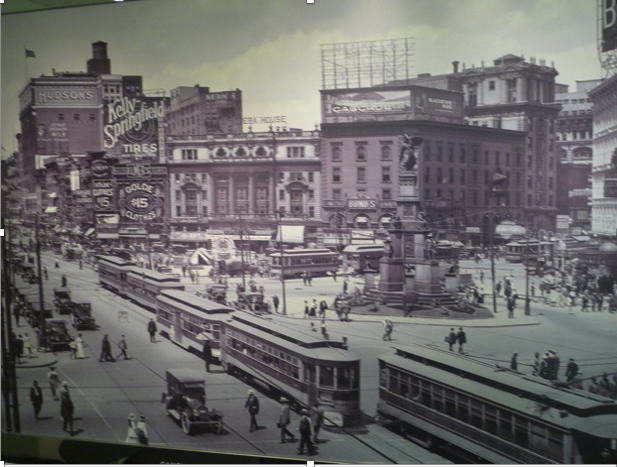
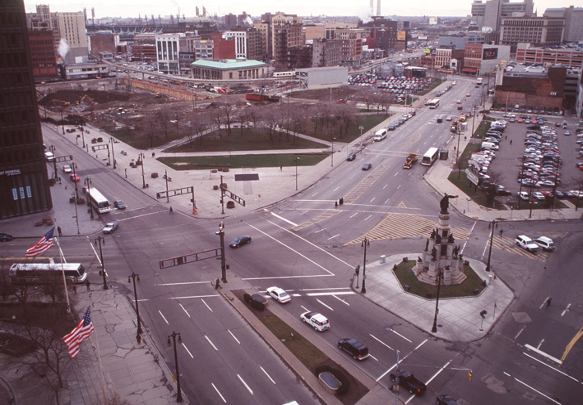
The transformation started with the construction of the square that was undertaken by civic leaders to commemorate the 300th Anniversary of the city in 2001. Mayor Dennis Archer charged leaders with creating the “best park in the world.” When Campus Martius opened in 2004, people found that the square had an ever-growing list of reasons to visit: among them a restaurant, holiday and seasonal activities like ice skating, and programmed activities like movie nights, music events, outdoor yoga and more. From the moment it opened, Campus Martius become the heart of a "New Detroit."
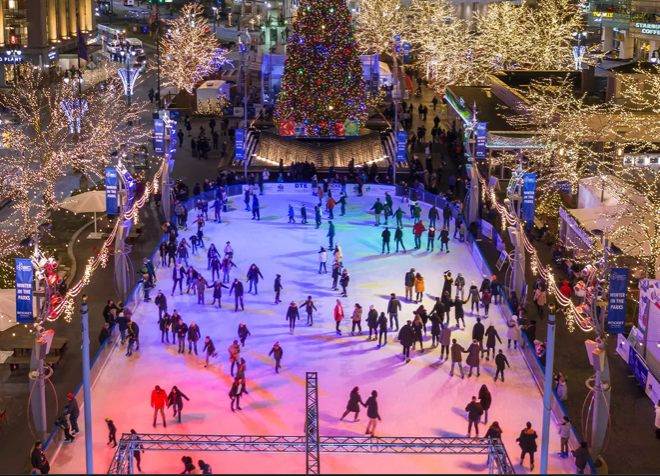
Quicken Loans, Detroit
In 2013, Quicken Loans came on the scene. Detroit partnered with the Downtown Detroit Partnership's public spaces team, led by Bob Gregory, and, with our former organization, Project for Public Spaces, to develop a new set of “Lighter, Quicker, Cheaper” improvements for Campus Martius and other key public spaces in downtown. By the summer of 2013, there was new vitality at Campus Martius and things going on throughout downtown. The revival of downtown Detroit accelerated from there, and the city hasn't looked back since.
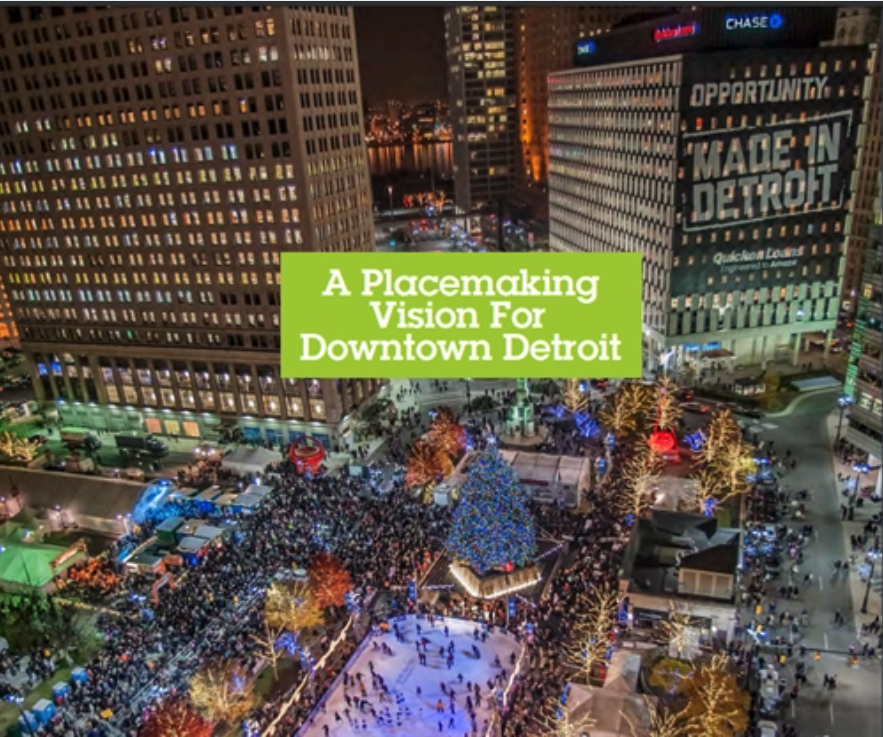
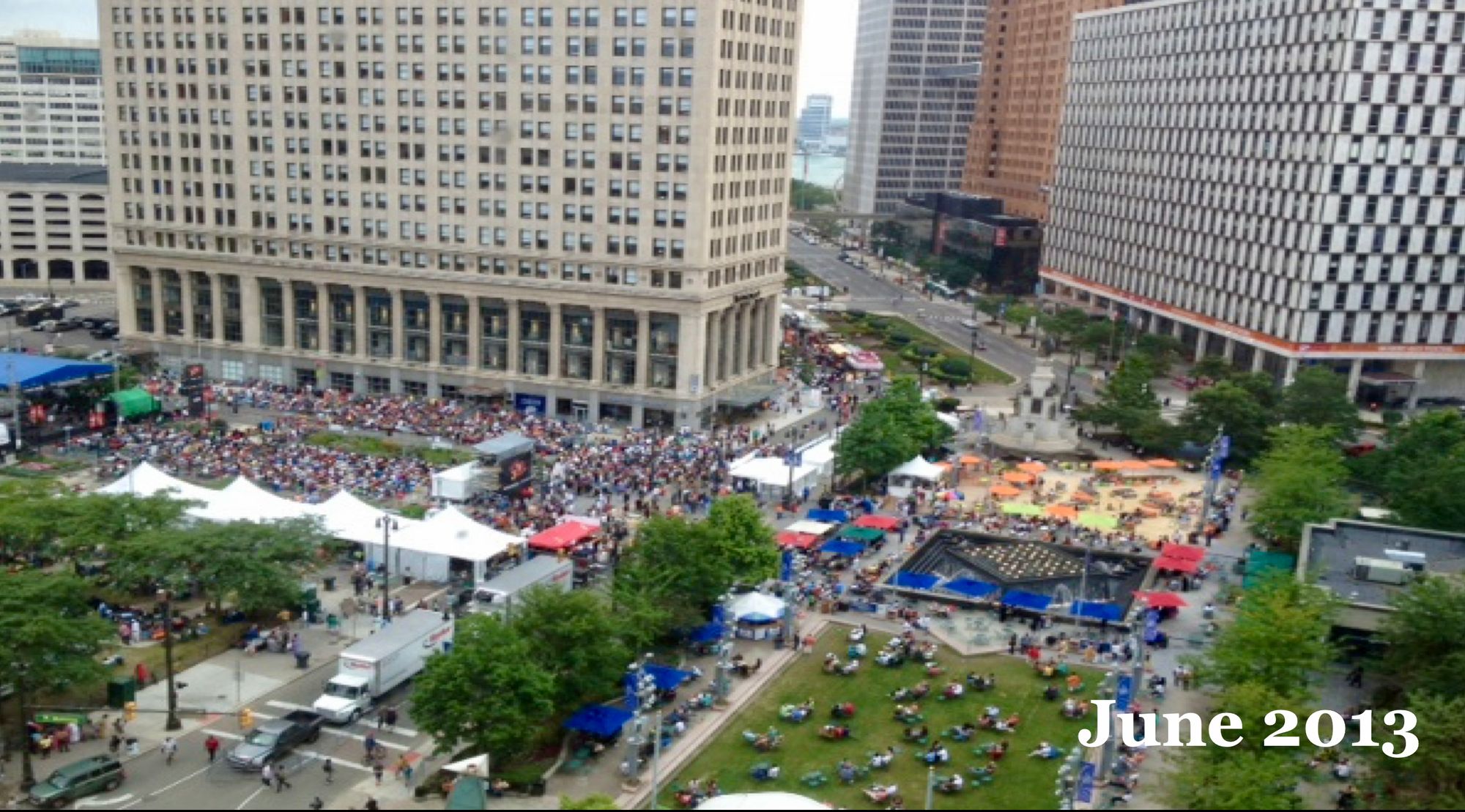
The Beach at Campus Martius
Over the course of its 2013 transformation, one surprise for everyone was a pop-up “urban” sandy beach space in Campus Martius. Sponsored by Southwest Airlines, the innovative and unexpected addition solidified a new era for Detroit. Once an experiment, it's now a permanent summer fixture for downtown, making waves throughout the city.
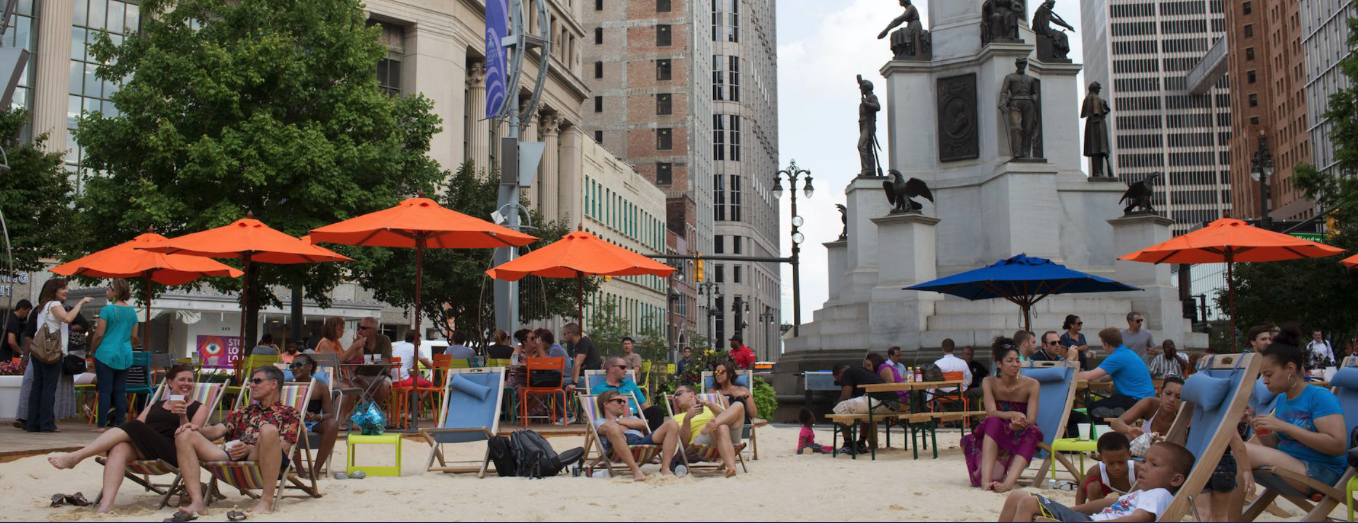
The Beach Bar anchors the "beach" and creates a stream of revenue that supports the management of Campus Martius, ironically opening the same week that the City of Detroit went into bankruptcy. Continually reimagined and upgraded over the years, the seasonal beach remains one of the most popular hangouts in the city.
Read the full story:
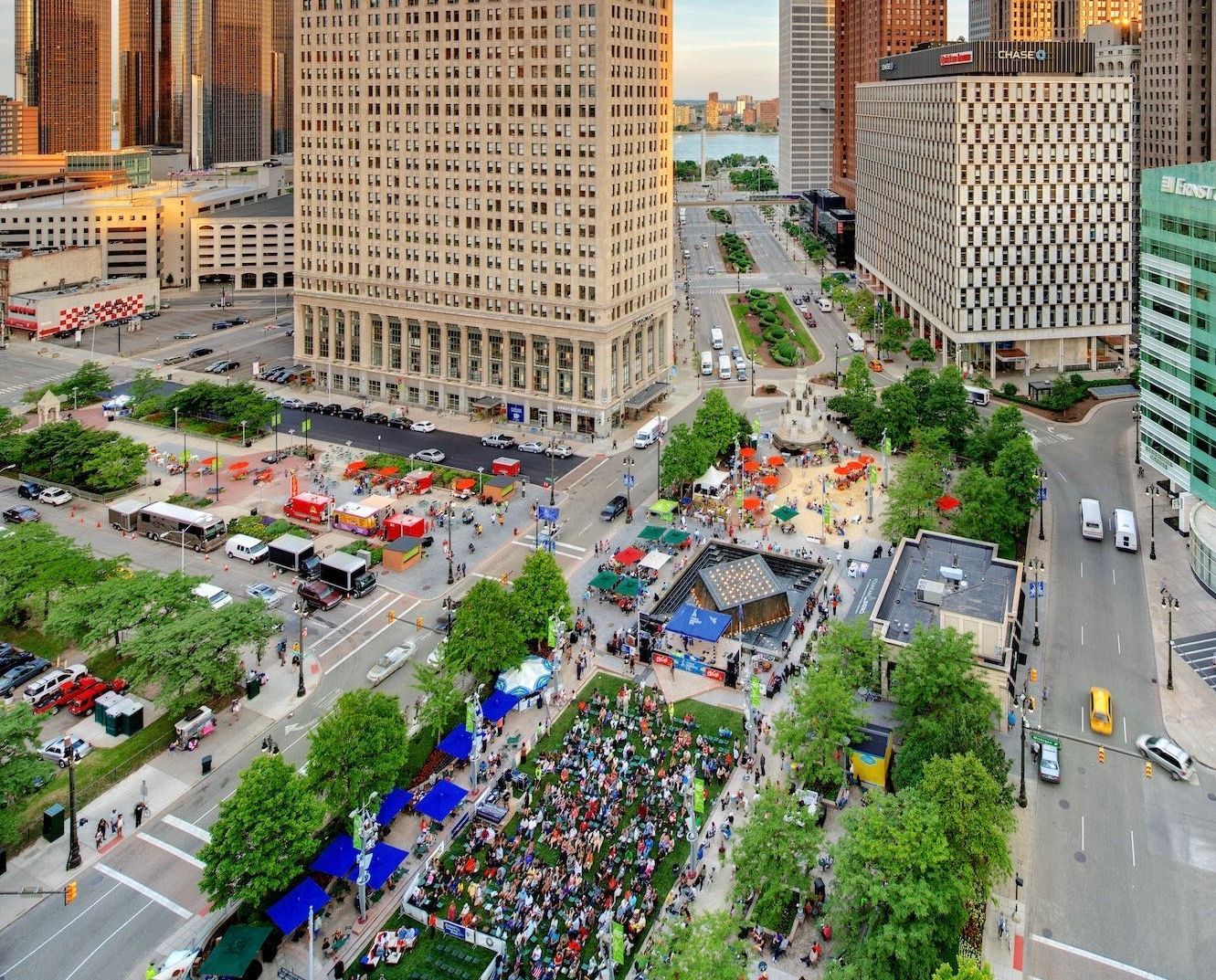
Barcelona: Passeig de Gracia
The Iconic Barcelona Street - Alive Day and Night
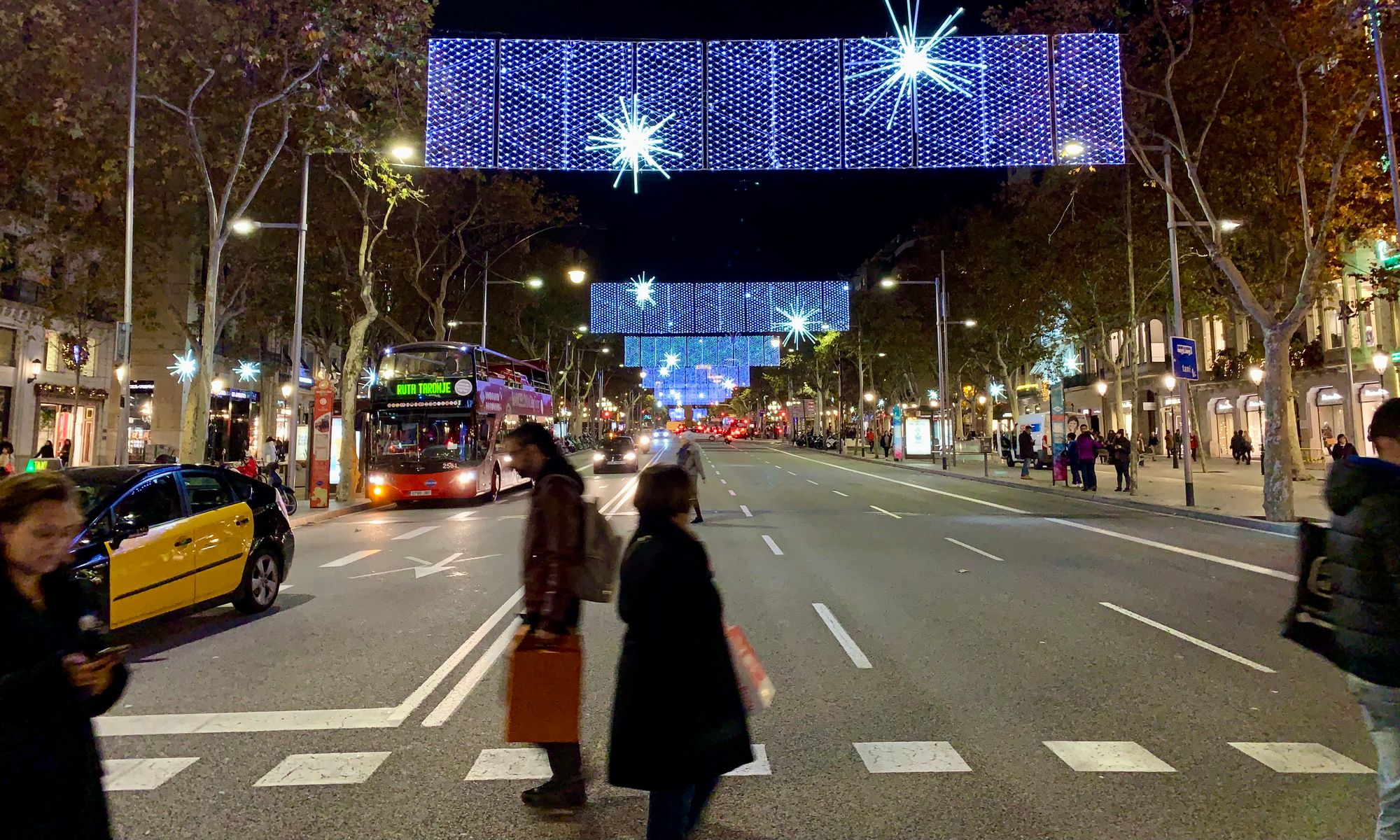
Passeig de Gracia
The Passeig de Gracia is 200 feet from building base to building. The sidewalks are 70 feet wide, but within that sidewalk zone, there is a car lane of 15 feet that is a kind of shared space, used mostly for dropoffs and taxi waiting. That takes pressure off of the central roadway which is 55 feet. It also gives a strong focus on a sidewalk that places emphasis on storefronts and on occasion, the sidewalk is double loaded with seating and in many places, cafes and kiosks.
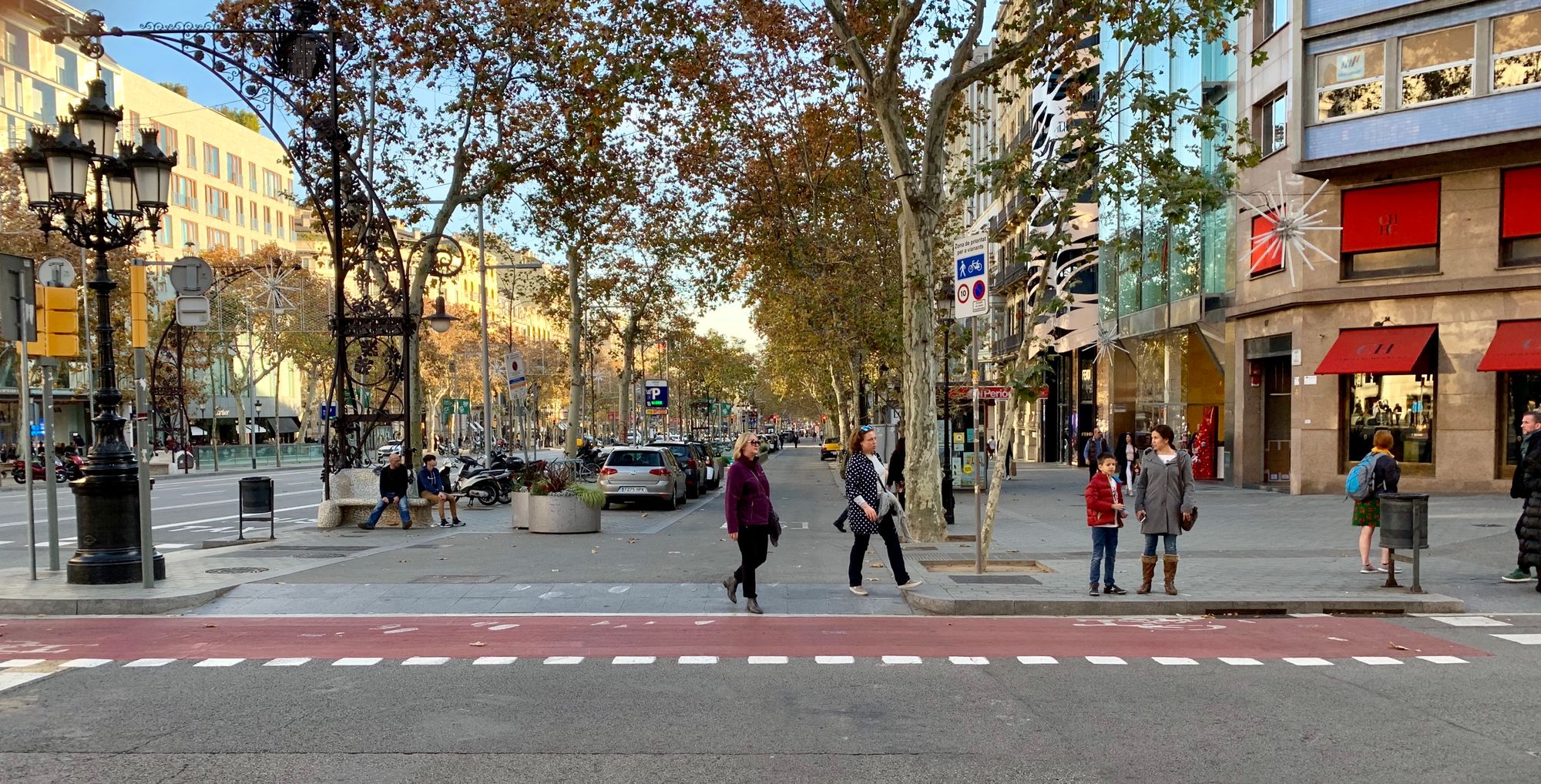
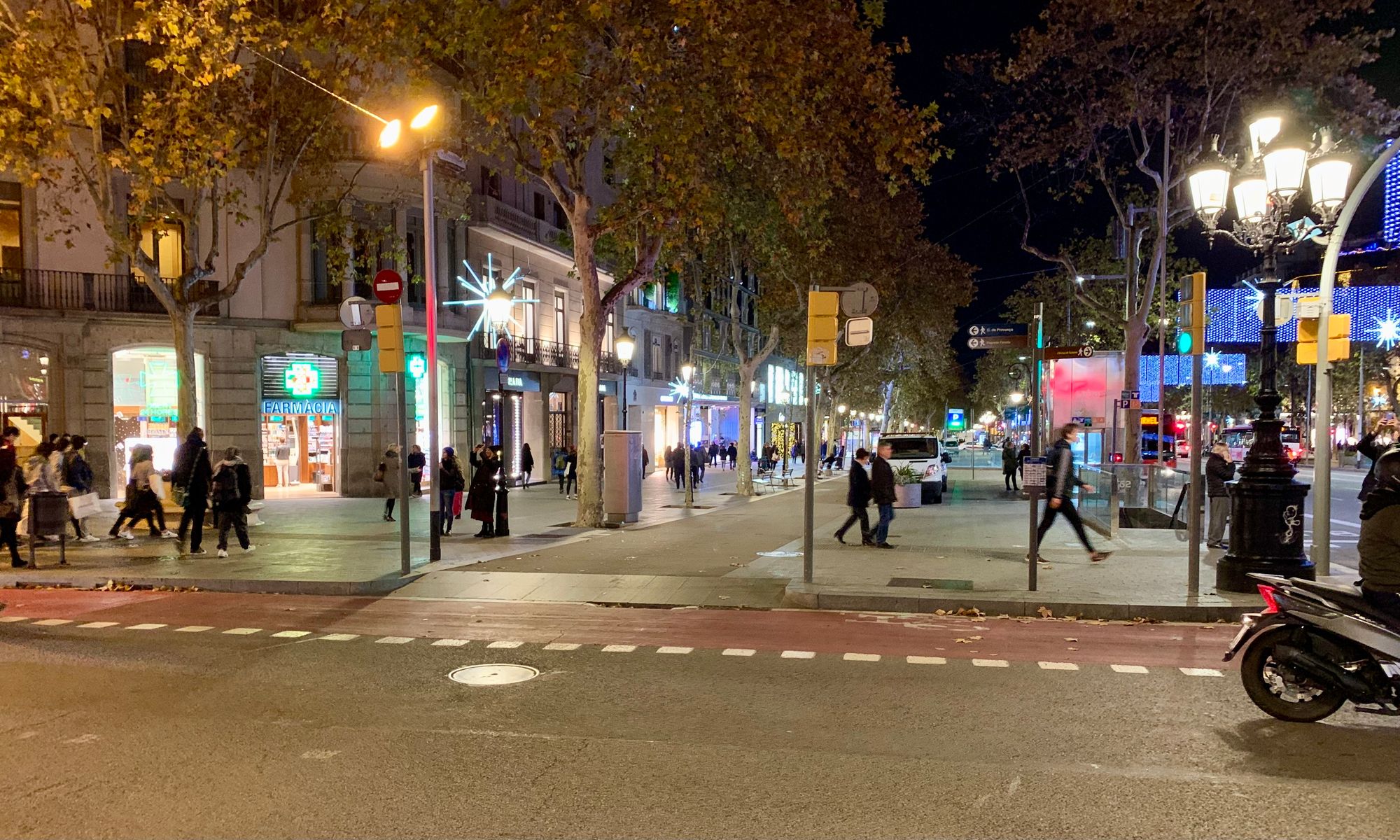
Double-loaded sidewalks with cafes and kiosks
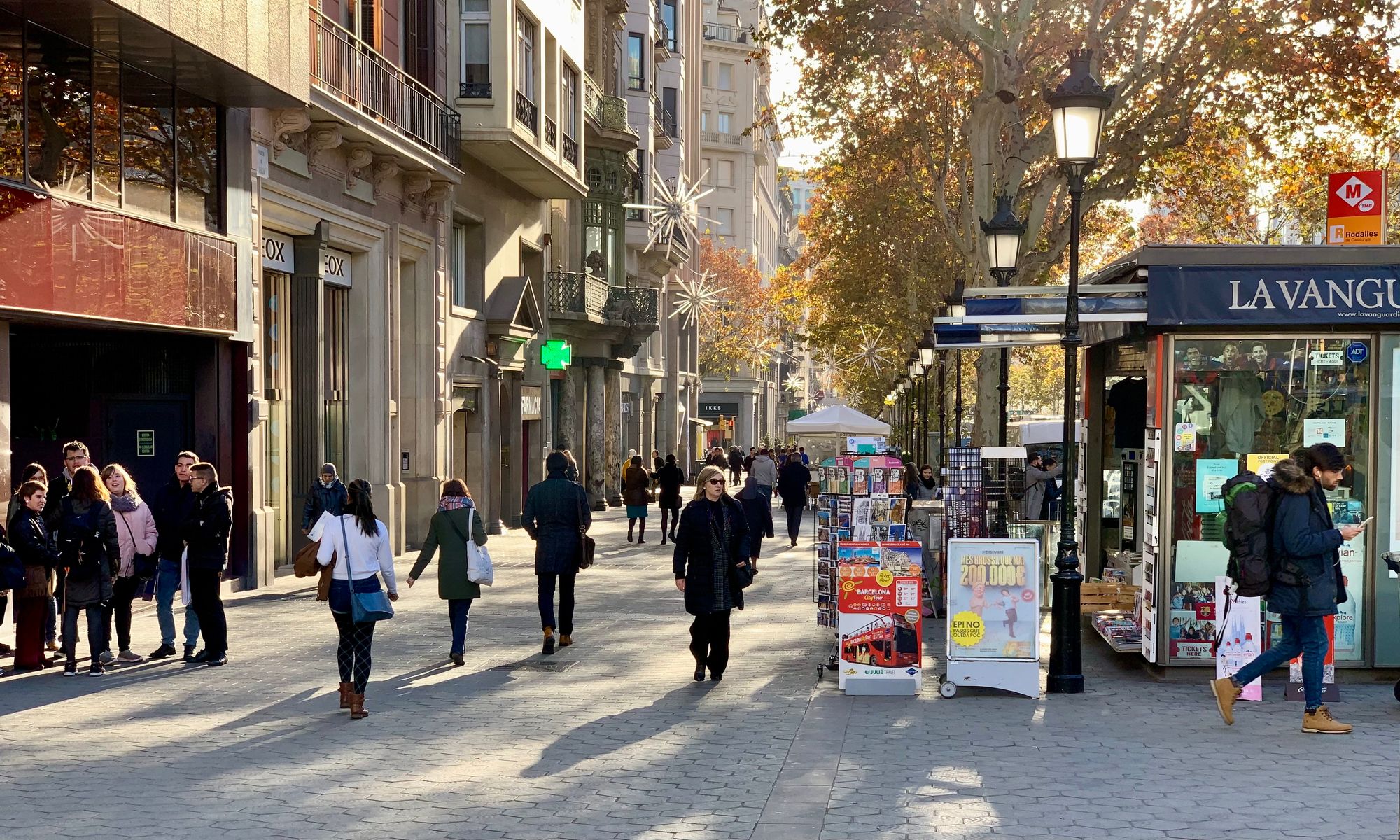
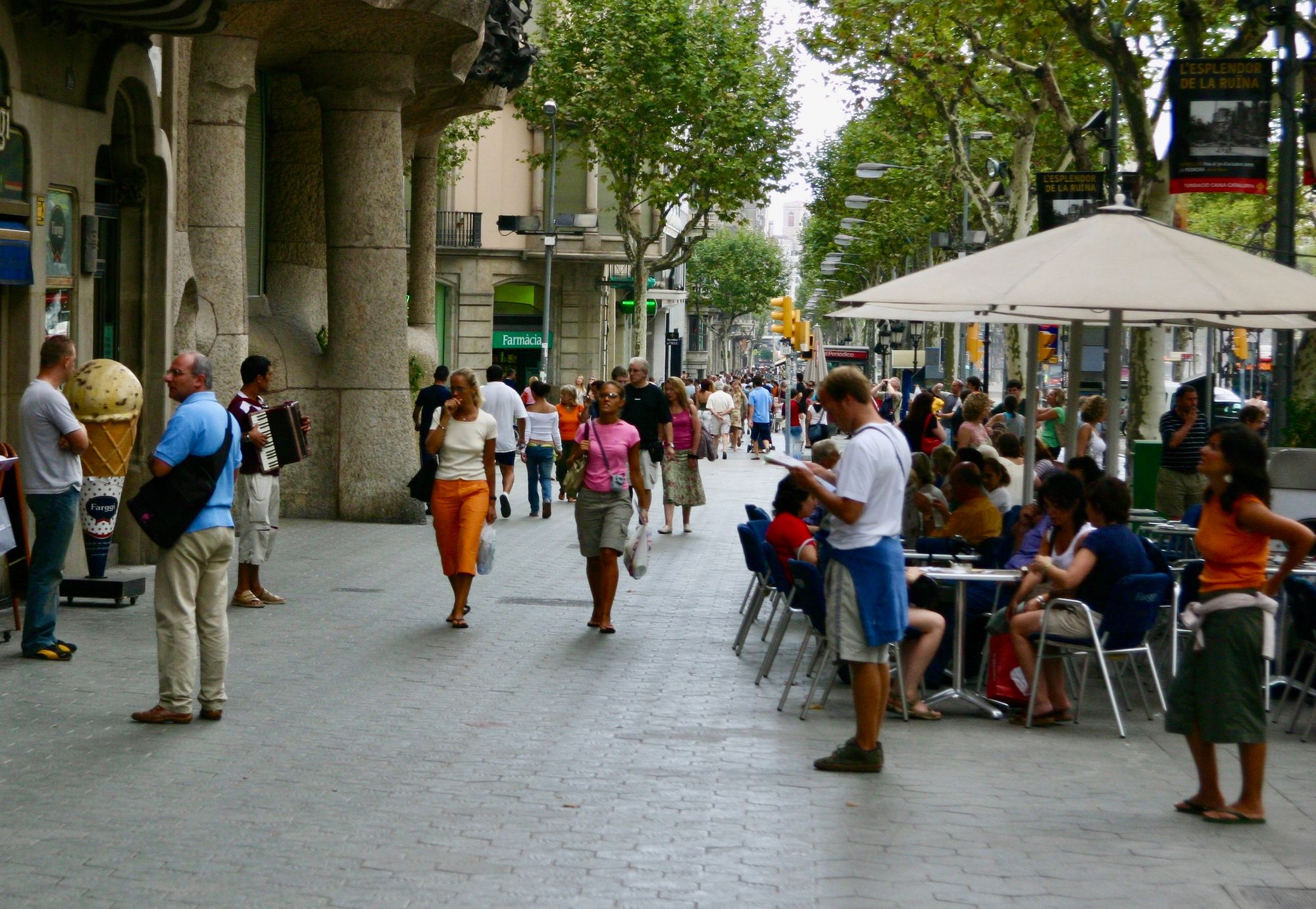
Storefronts and Building Entrances
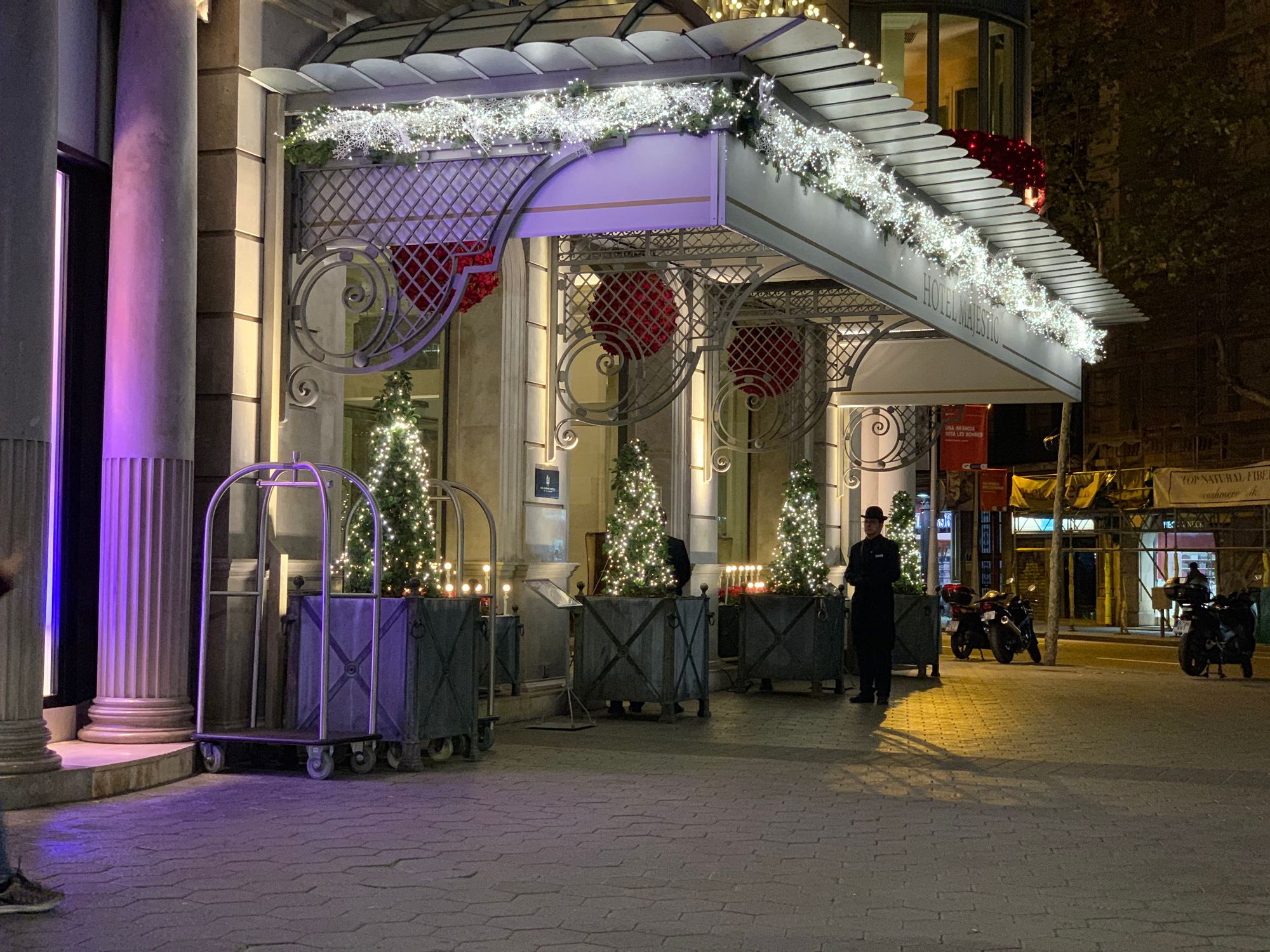
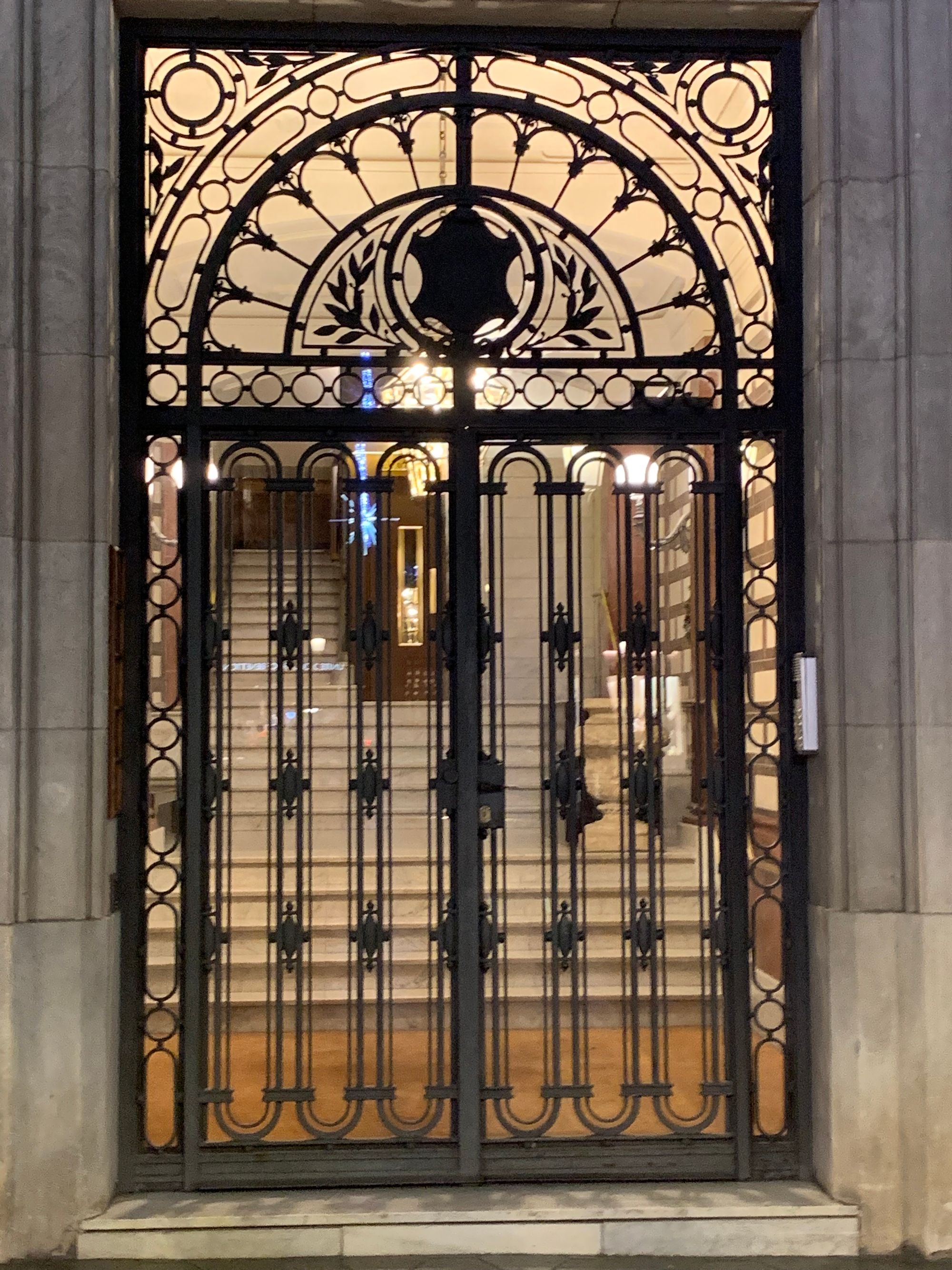
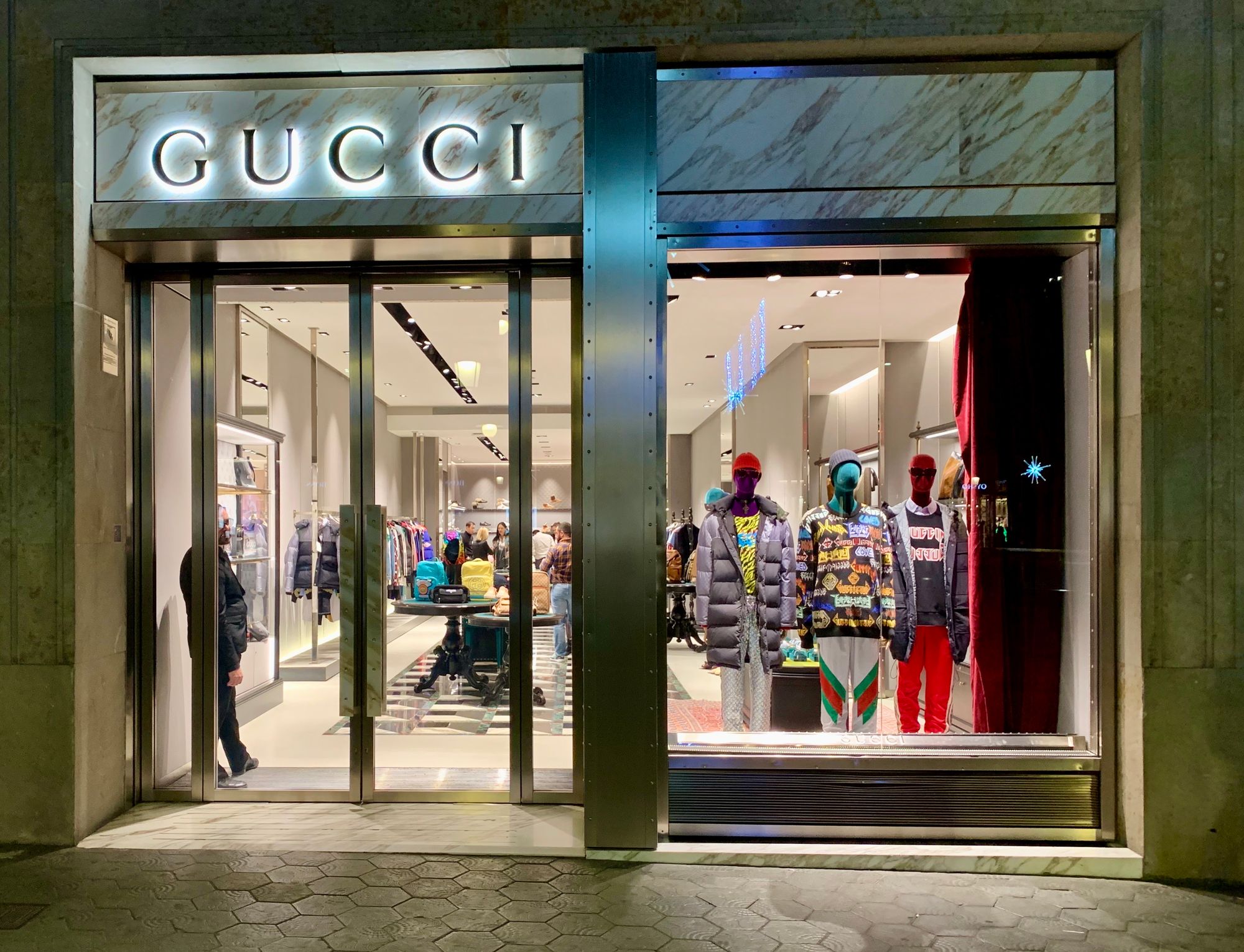

Amenities: seating and historic lighting together on the street at corners
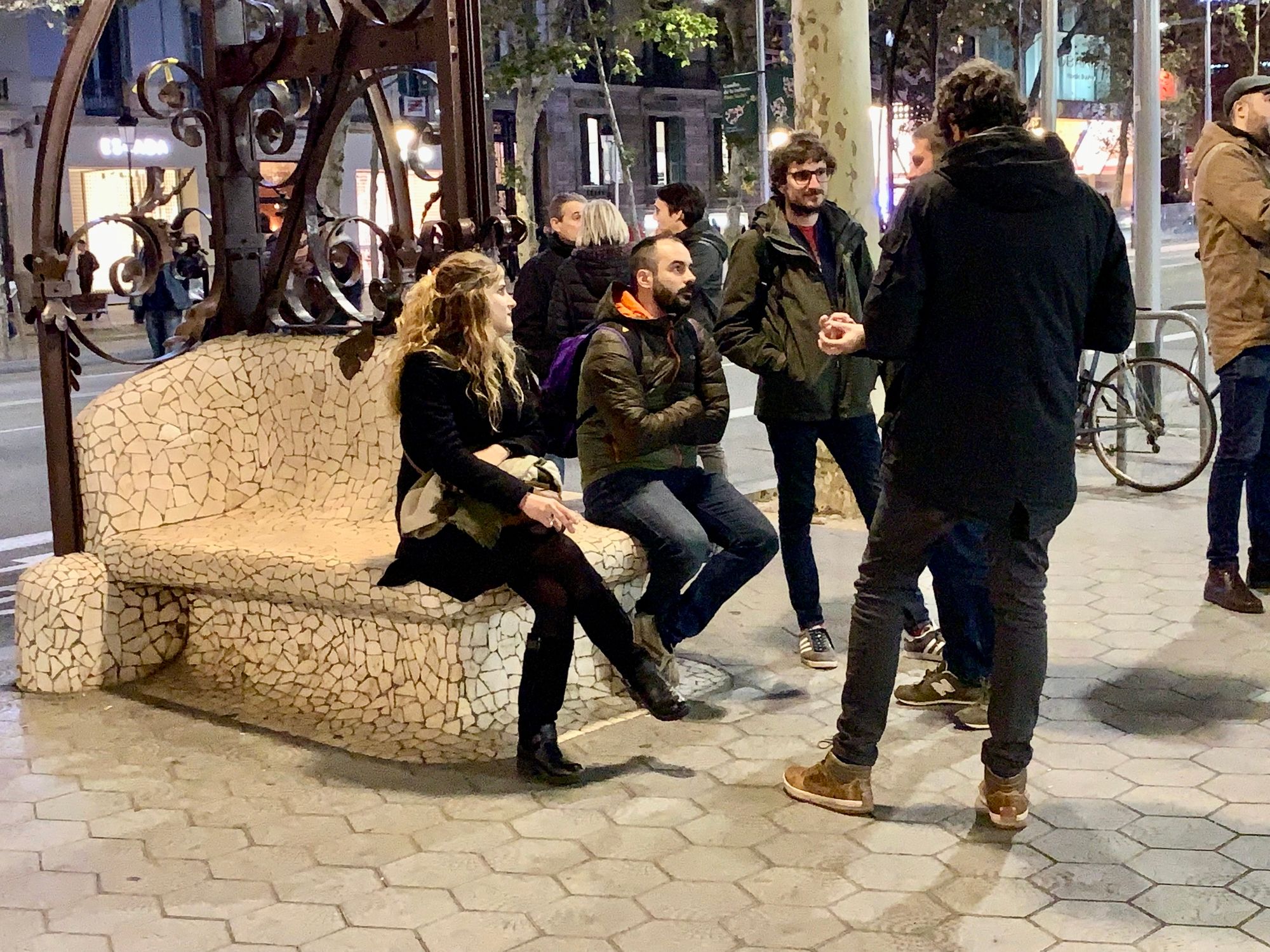
Transit scaled to the boulevard delivers people to different parts within the district and to destinations beyond
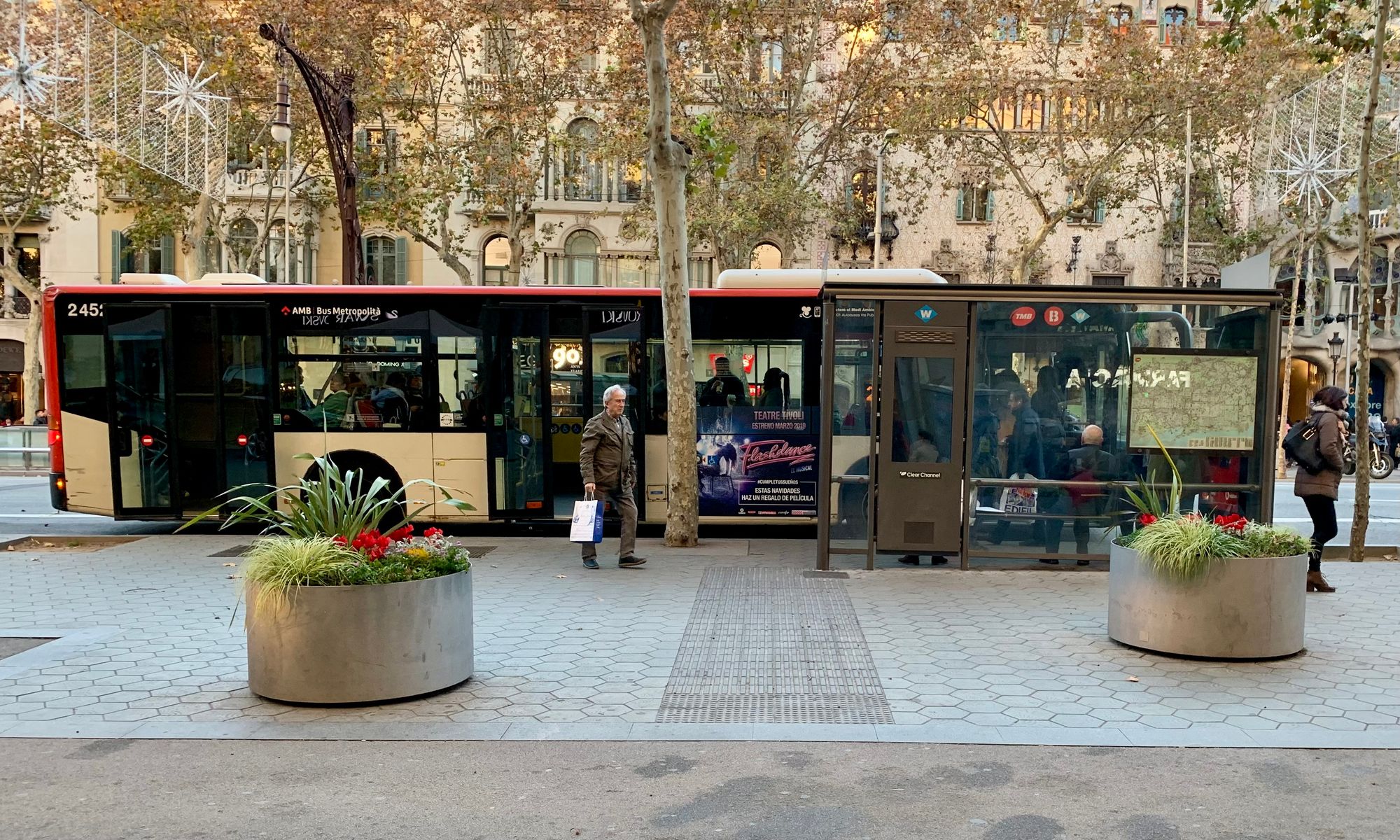
Paris
A city defined by boulevards
Champs-Élysées
If France has a Main Street that belongs to all of France, the Champs-Élysées is it. As a result, it is often the destination of choice to showcase or exhibit something important for the entire country.
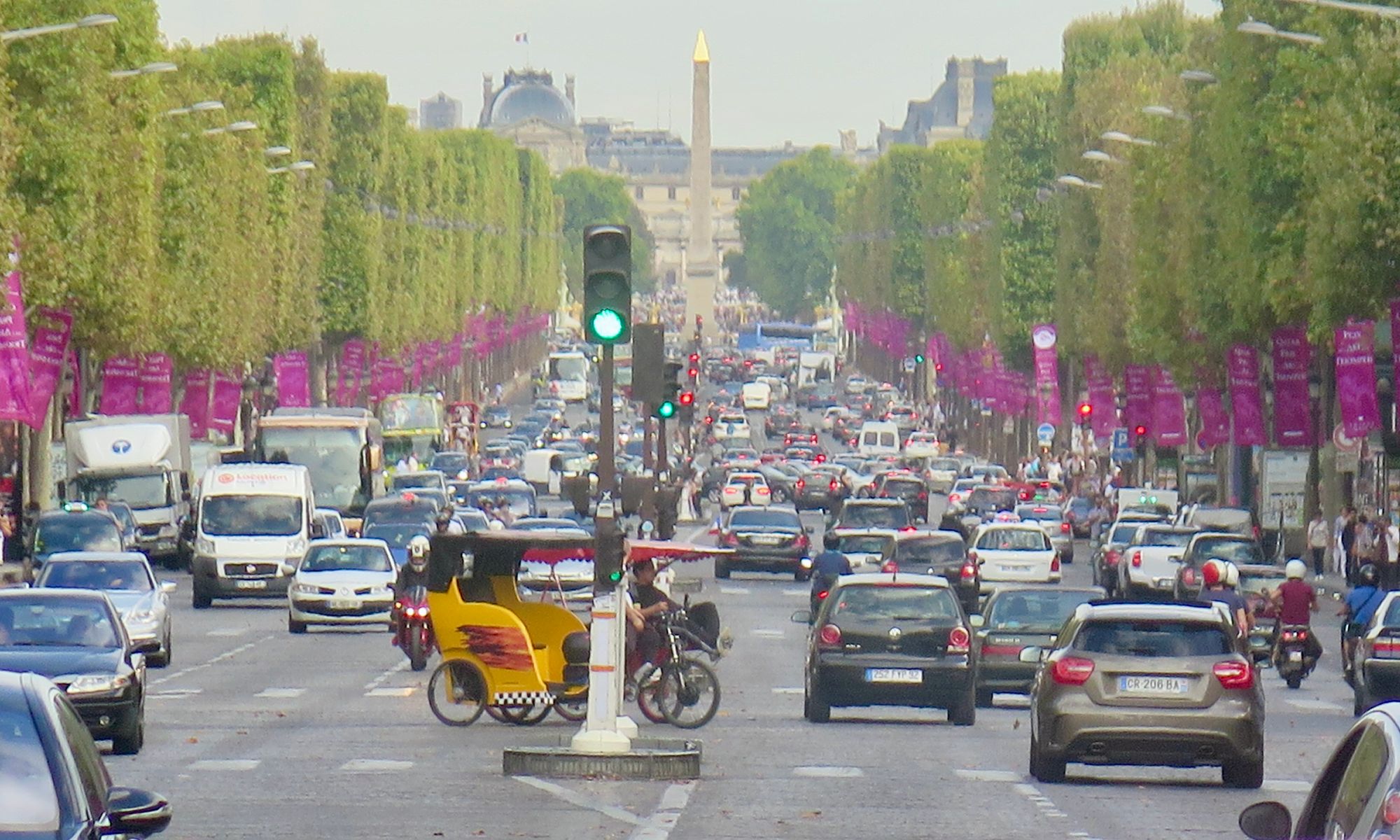
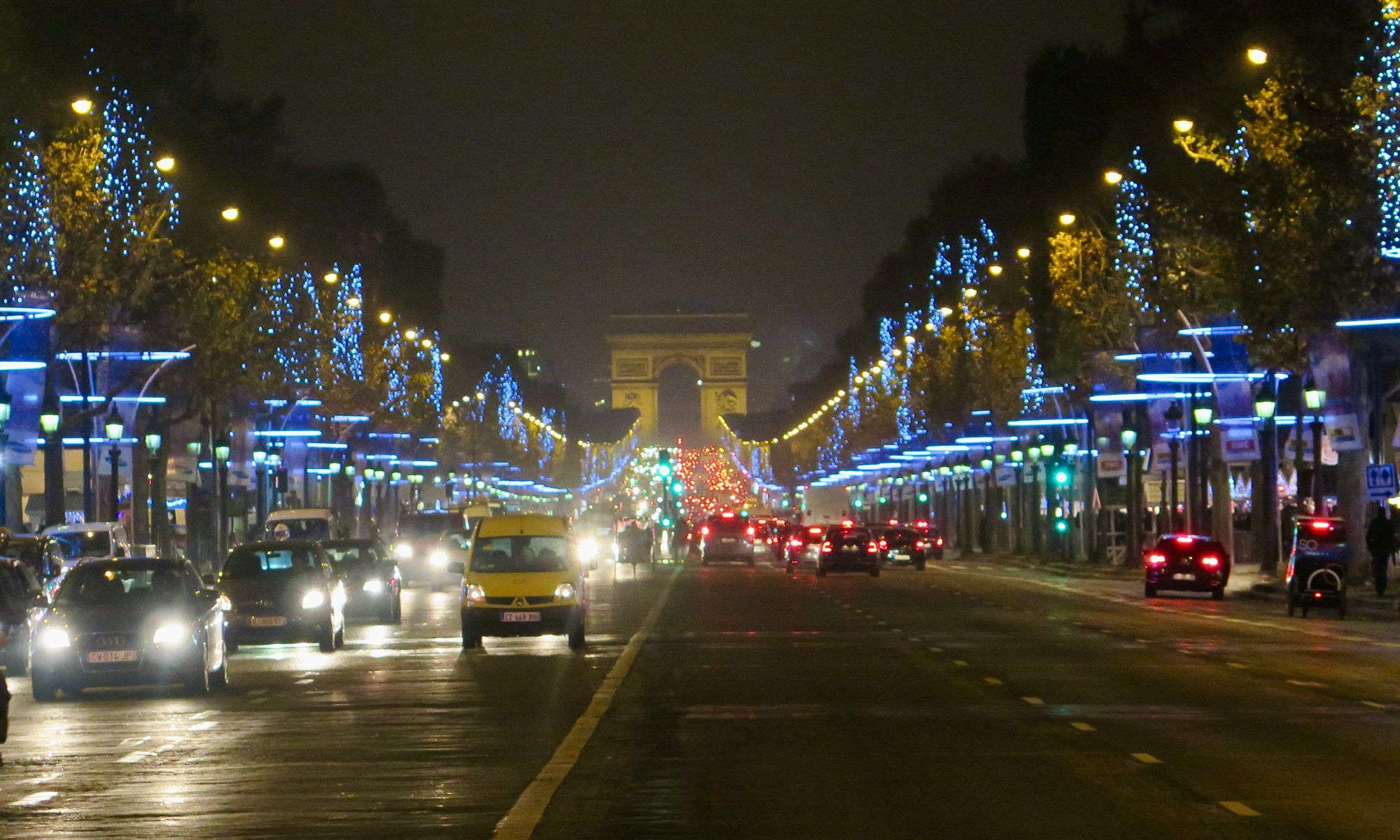
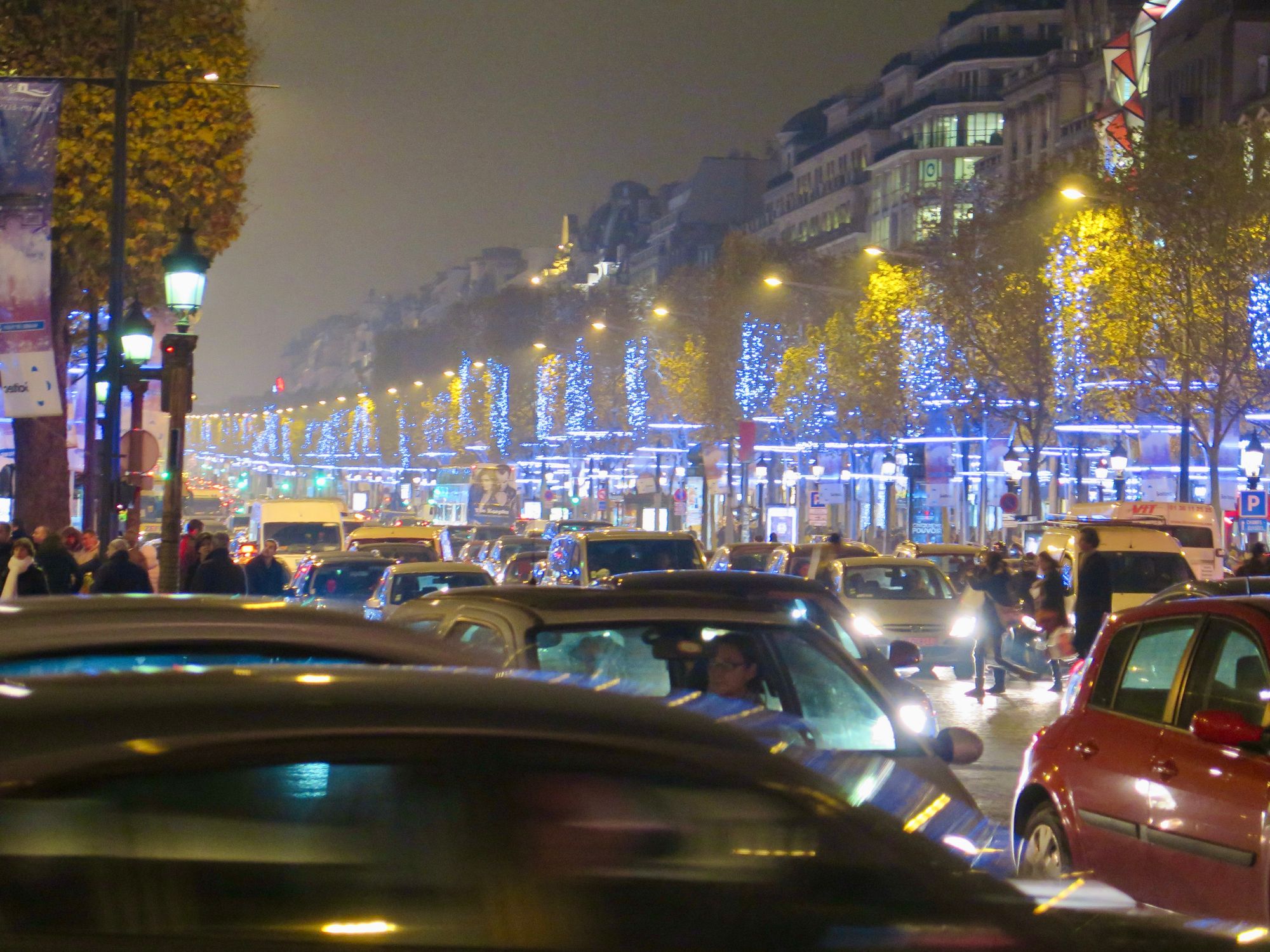
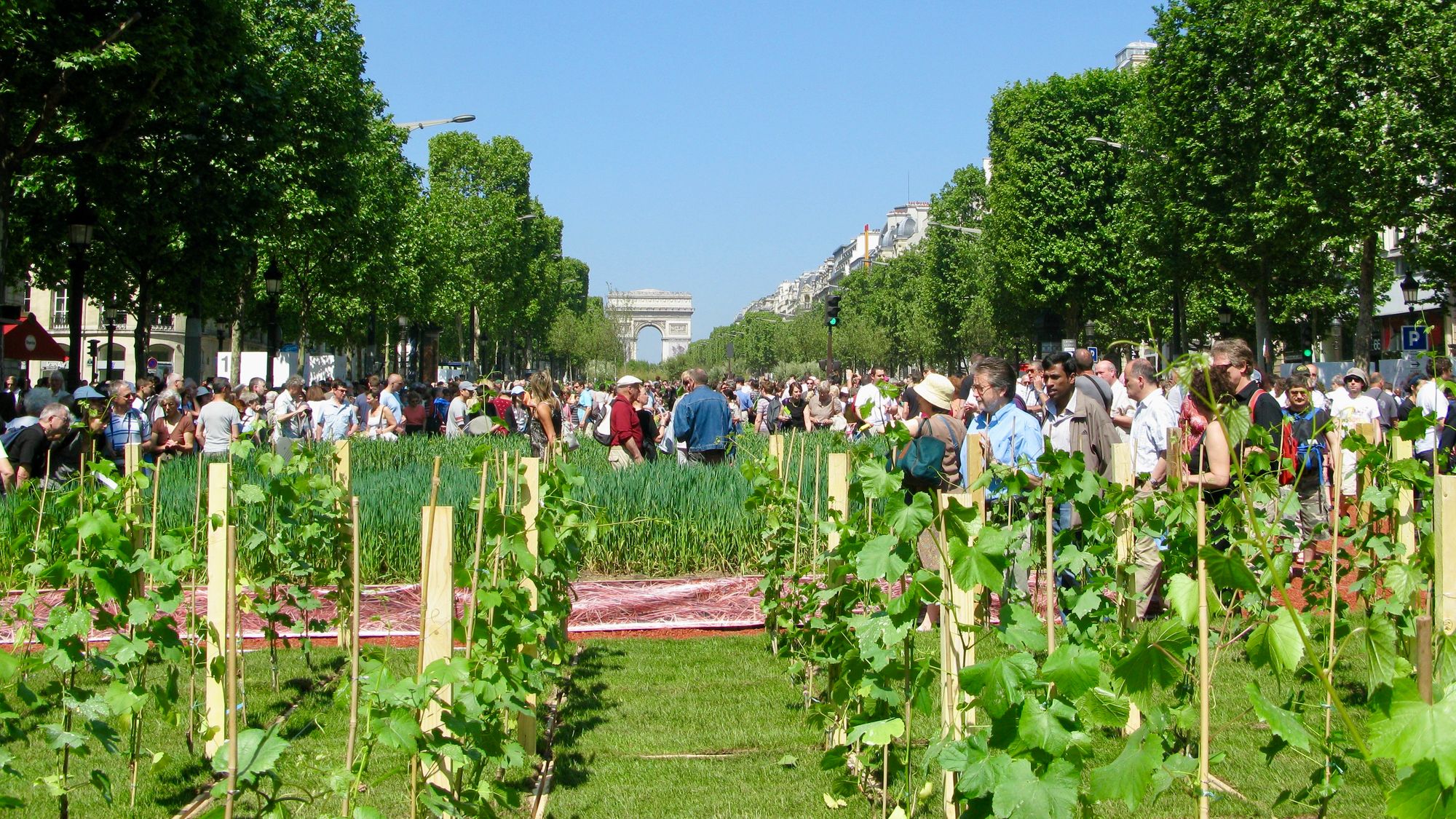
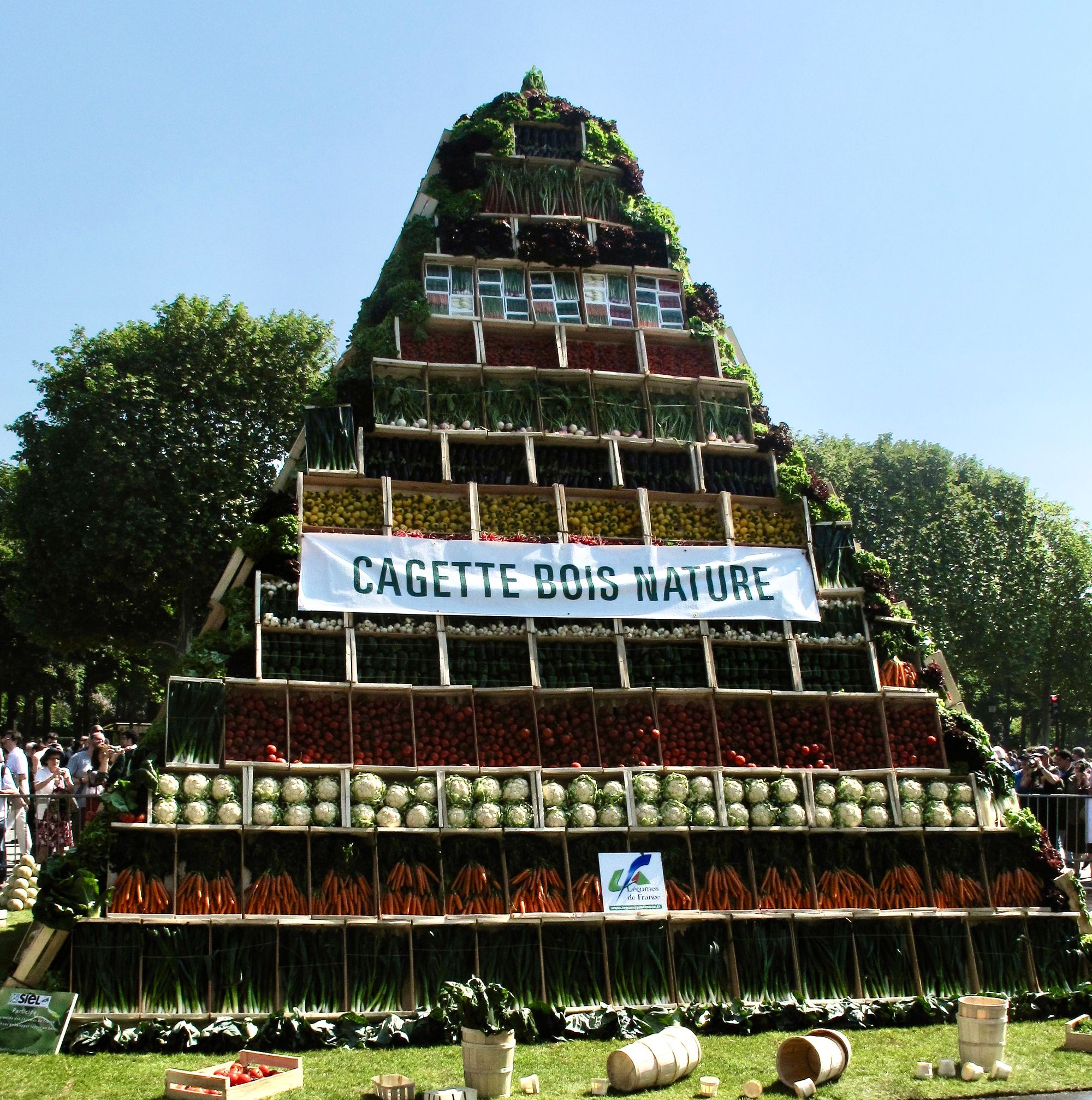
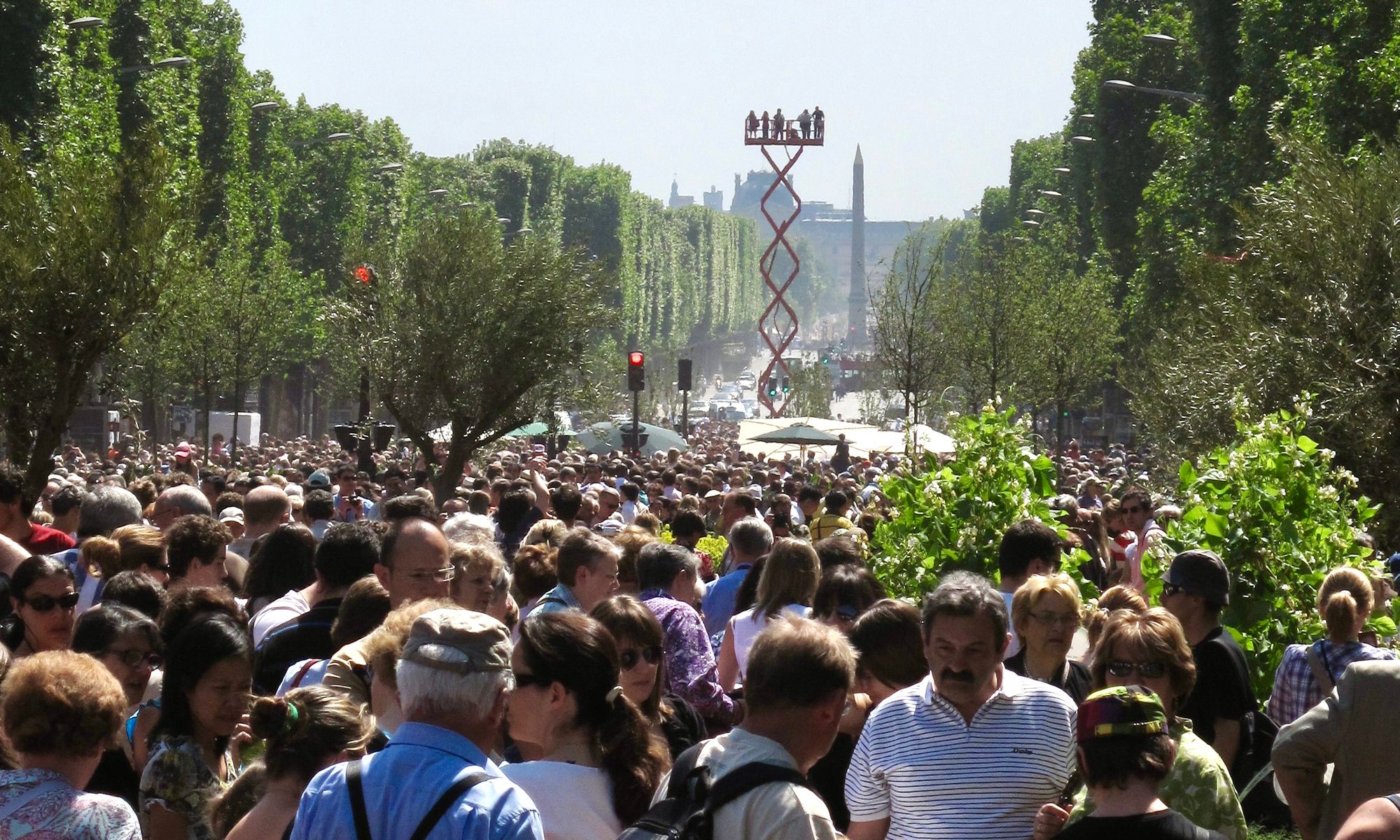
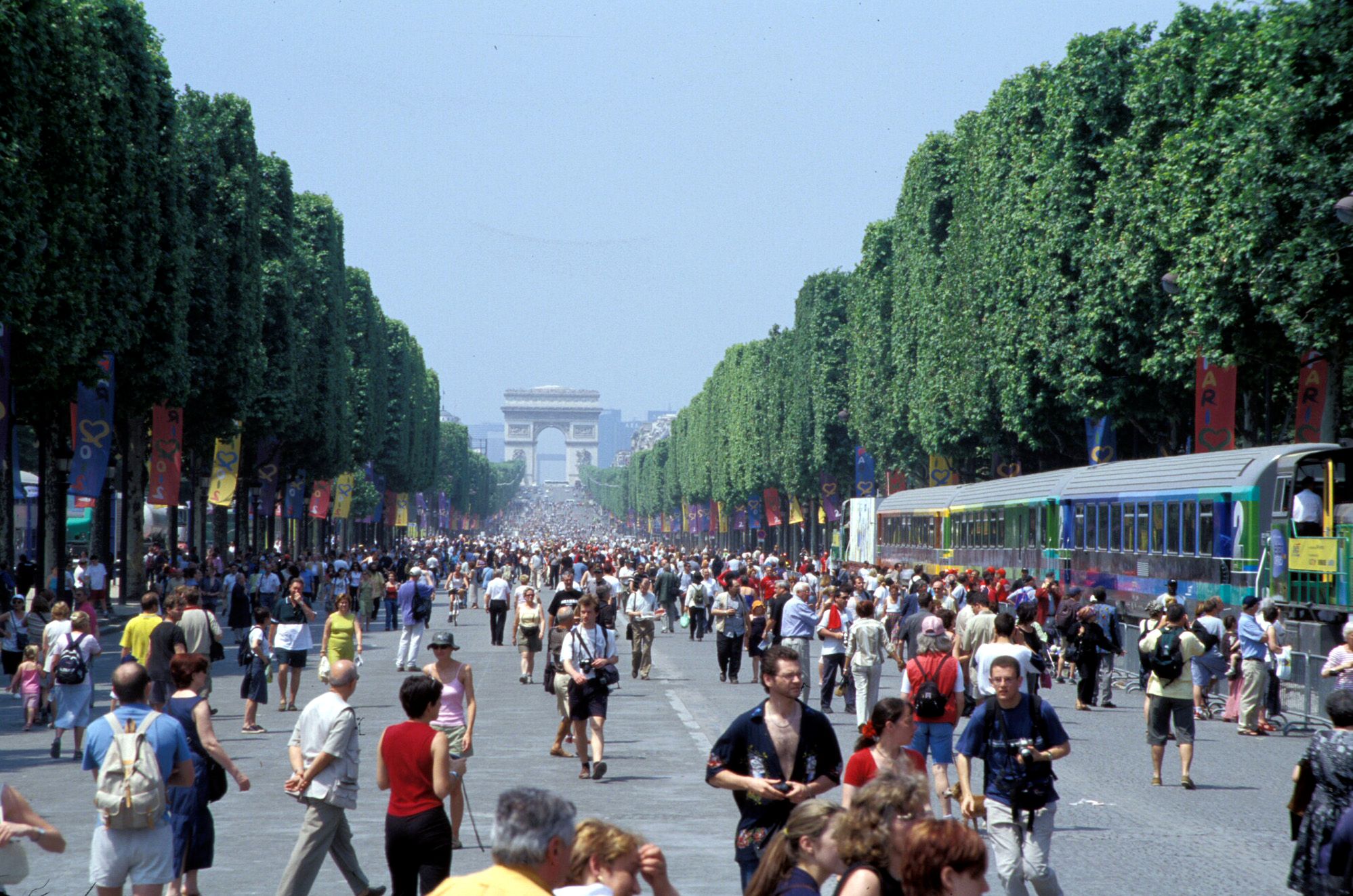
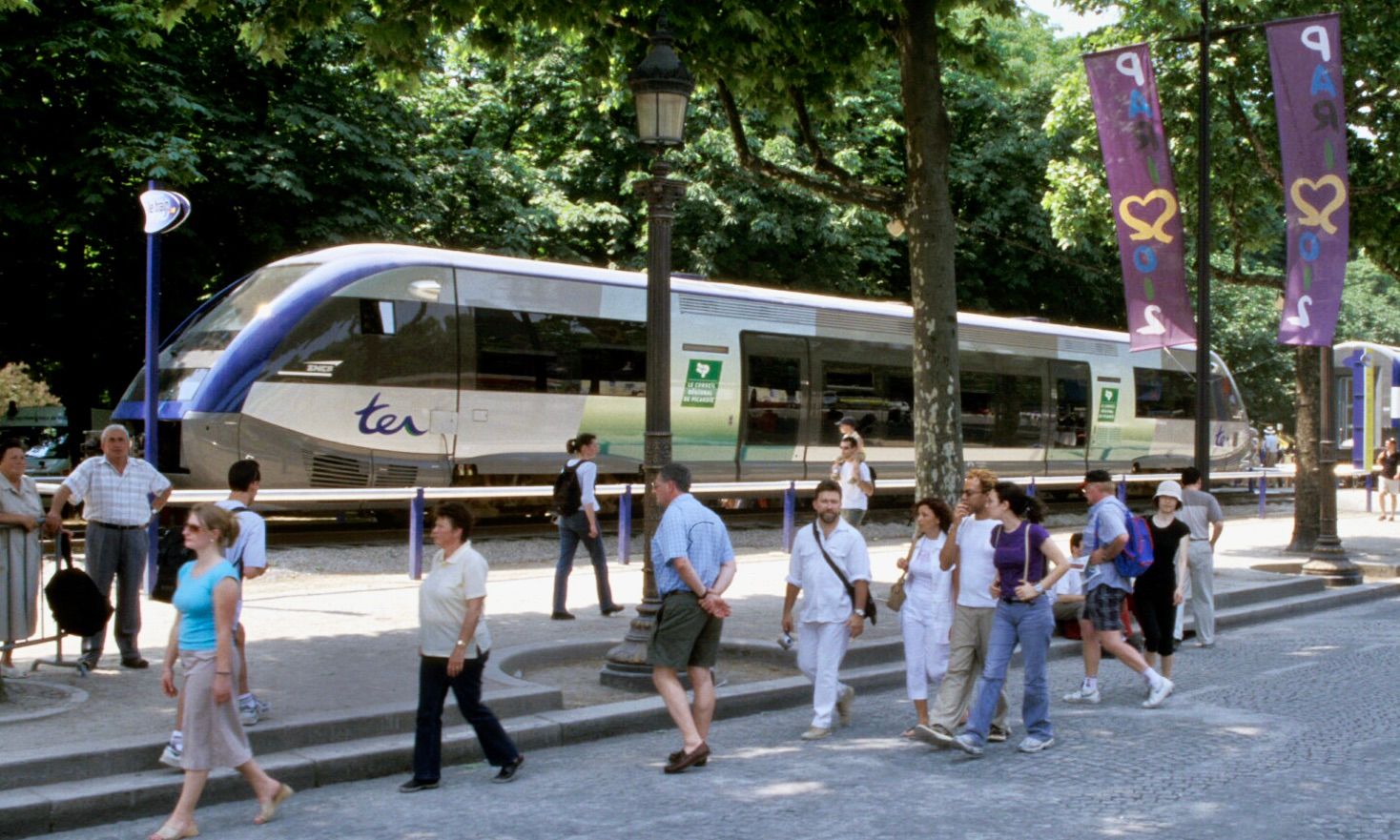
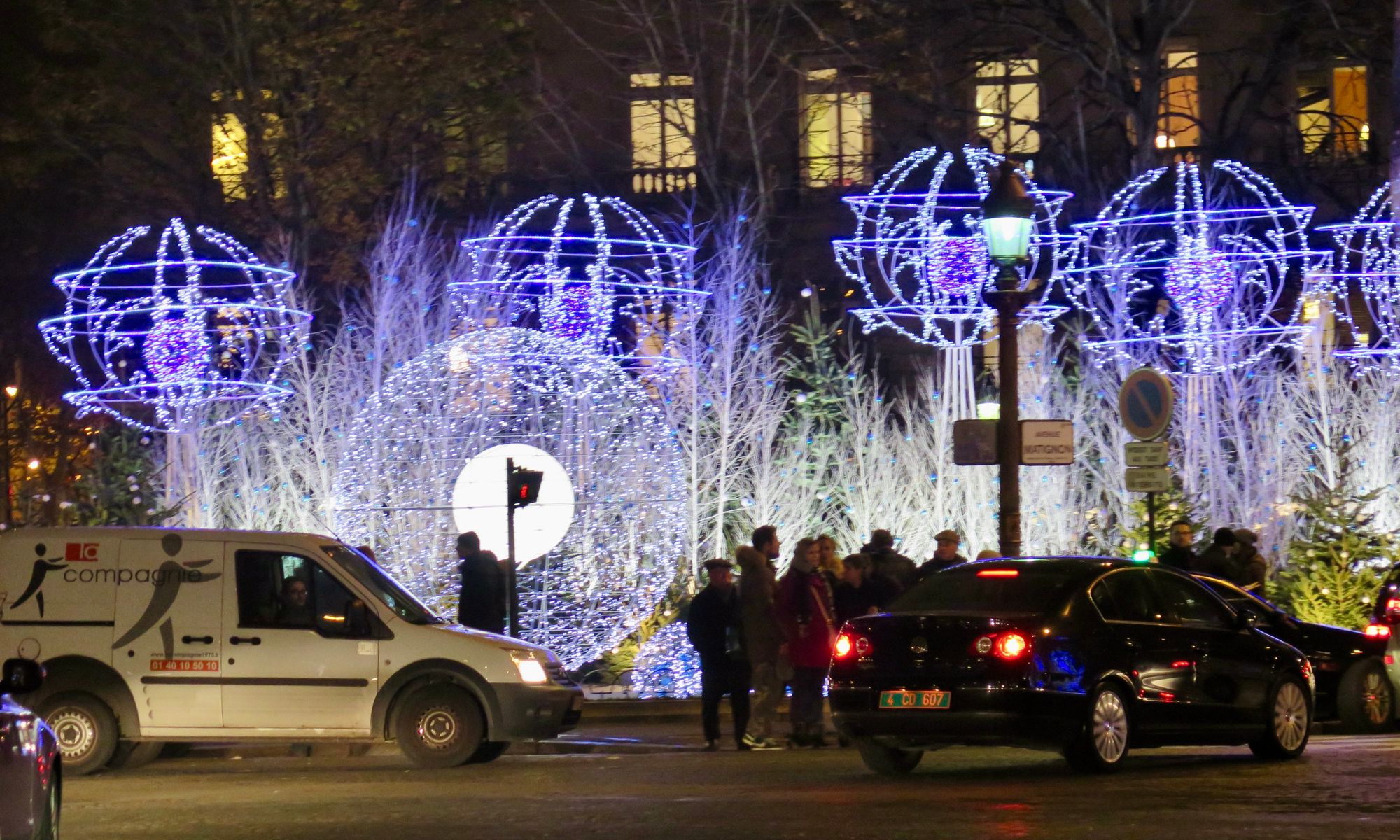
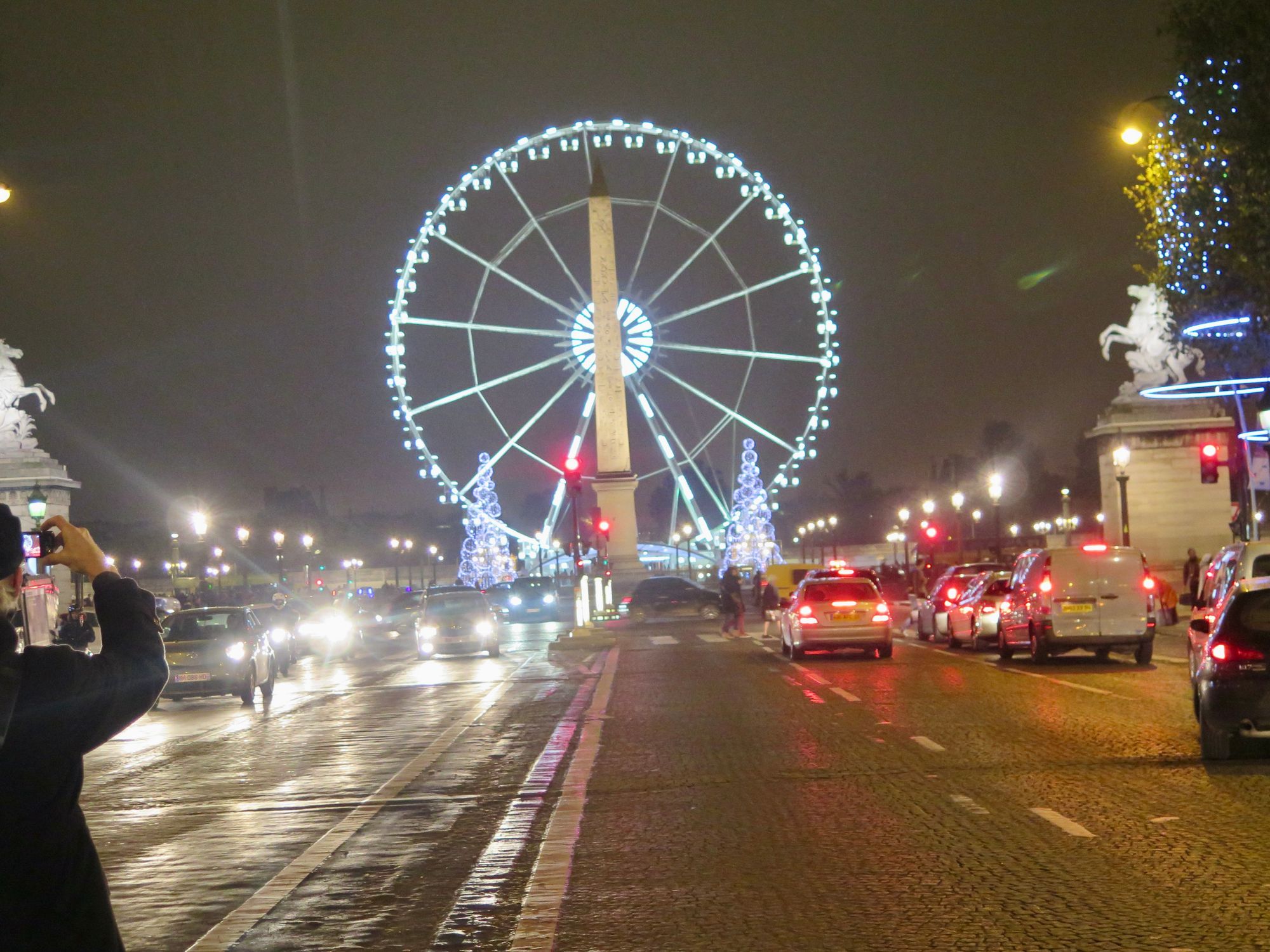
As a major shopping street, each side of the street has differences worth understanding. In a way, the 70 foot sidewalks are too wide, but each side has found ways to make the width part of the attraction.
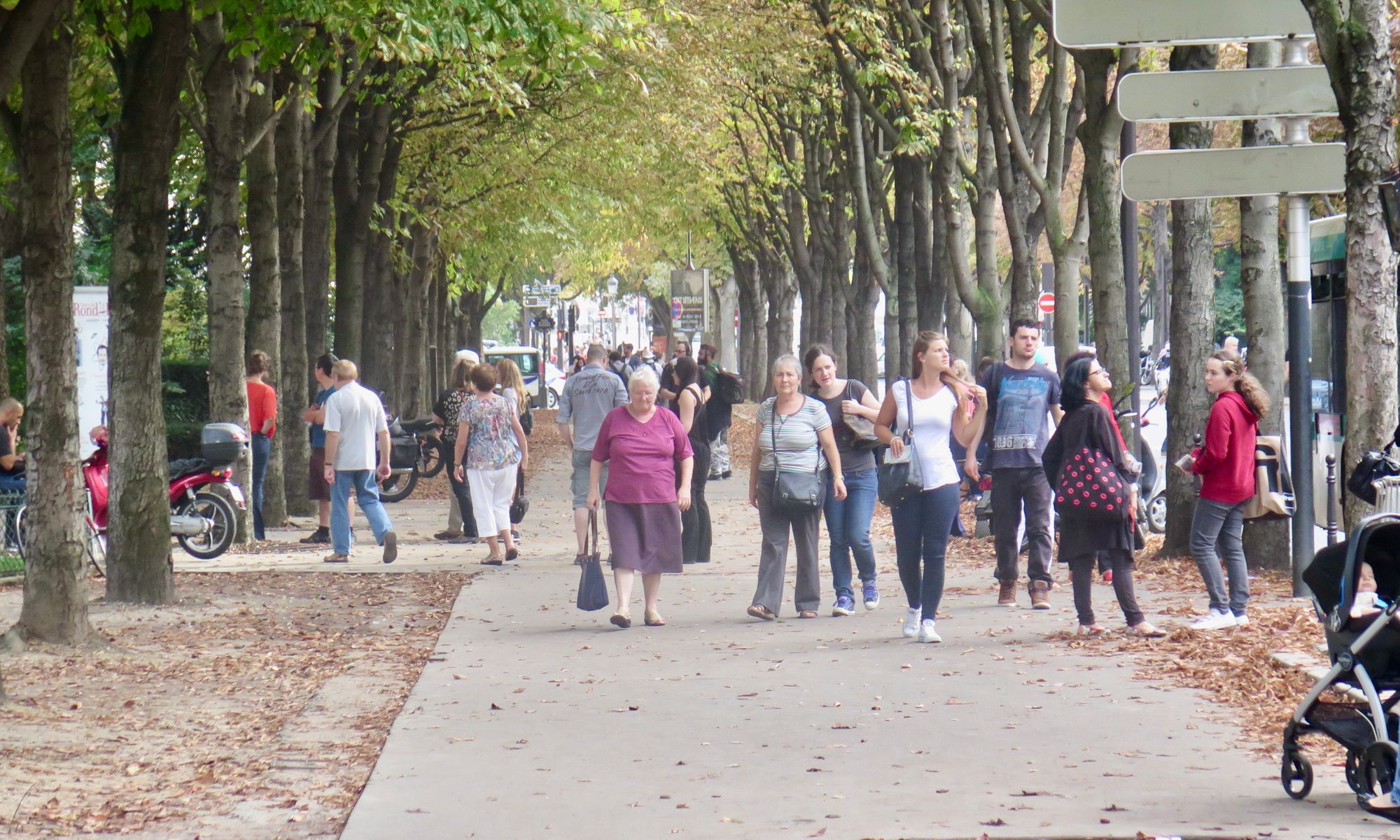
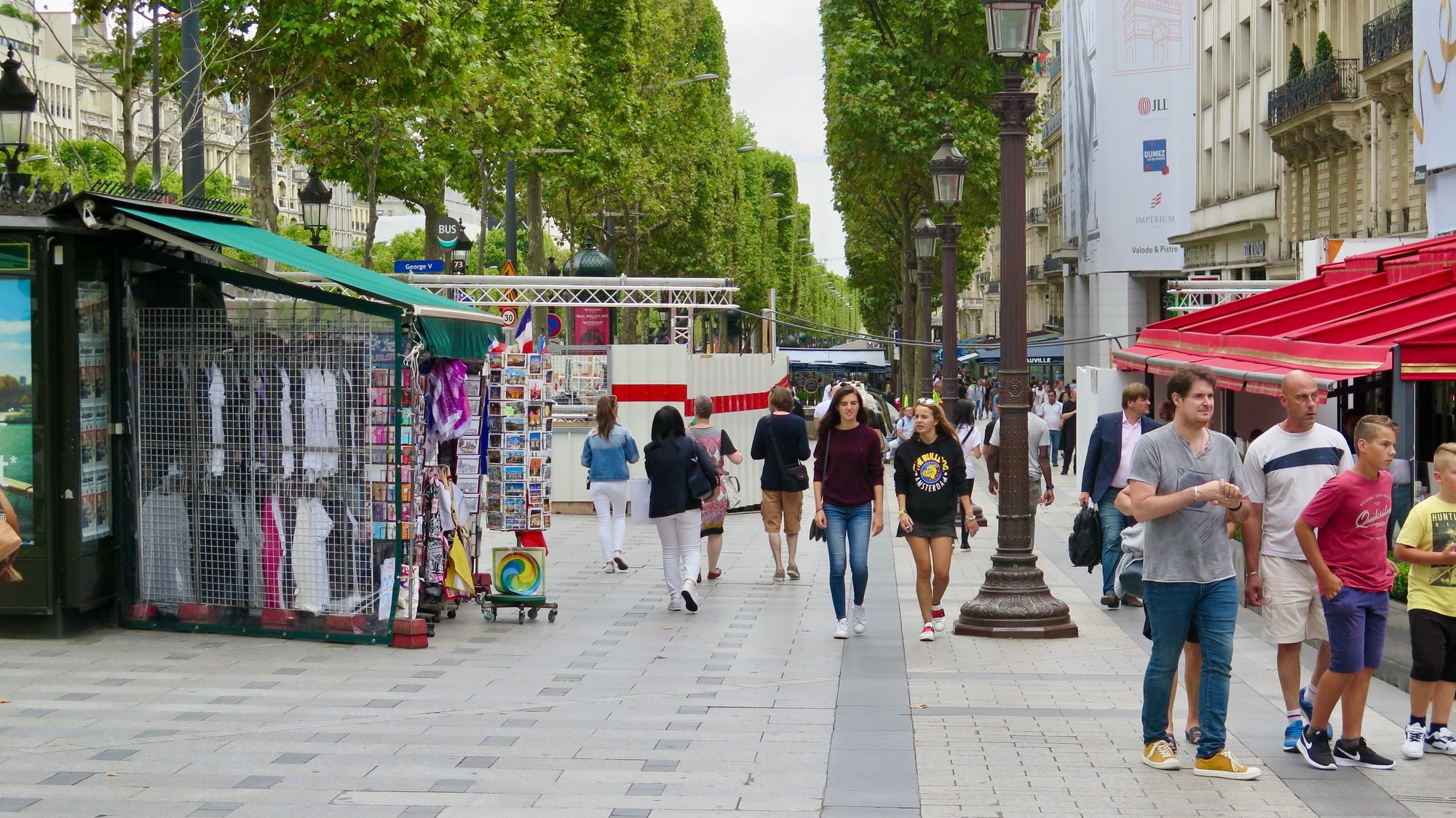
If you are interested in collaborating (articles, presentations, exhibits, projects, and more) or supporting the cause contact us.



